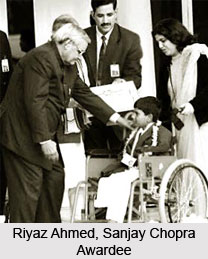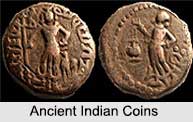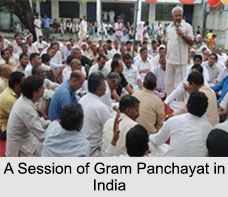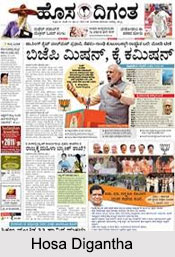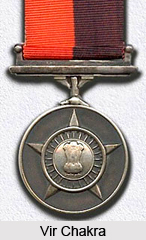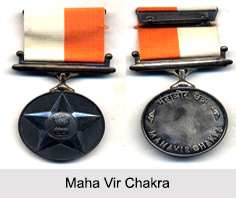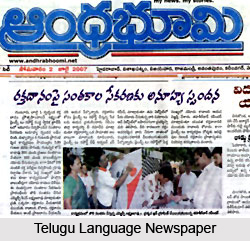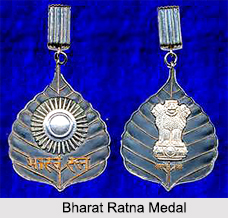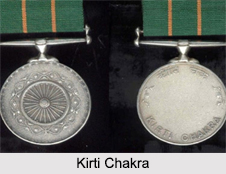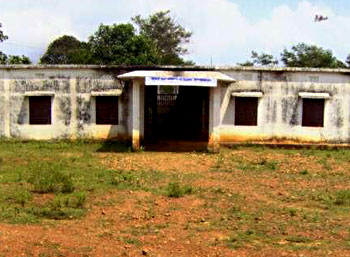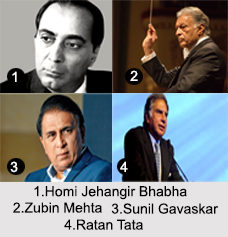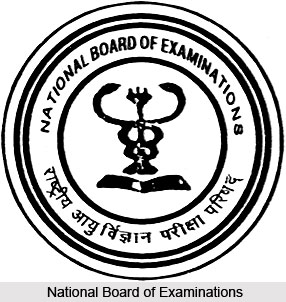 The National Institute of Rehabilitation Training and Research (NIRTAR) is an autonomous body under the Ministry of Social Justice and Empowerment, Government of India. It conducts rehabilitation camps in a rural, remote and interior areas of Andhra Pradesh, Bihar, Chattisgarh, Jammu & Kashmir, Madhya Pradesh, Orissa, Uttar Pradesh and North-Eastern States to provide rehabilitation services (fabrication and fitment, distribution of rehabilitation aids and appliances, surgical camps) at the door steps of the persons with disabilities who can not go to bigger cities. It also provides consultancy services to Government and Non-Government Organisations in setting/providing rehabilitation services.
The National Institute of Rehabilitation Training and Research (NIRTAR) is an autonomous body under the Ministry of Social Justice and Empowerment, Government of India. It conducts rehabilitation camps in a rural, remote and interior areas of Andhra Pradesh, Bihar, Chattisgarh, Jammu & Kashmir, Madhya Pradesh, Orissa, Uttar Pradesh and North-Eastern States to provide rehabilitation services (fabrication and fitment, distribution of rehabilitation aids and appliances, surgical camps) at the door steps of the persons with disabilities who can not go to bigger cities. It also provides consultancy services to Government and Non-Government Organisations in setting/providing rehabilitation services.
The National Institute of Rehabilitation Training and Research is located in a rural area of Orissa at Olatpur at a distance of 30 Kms. from Cuttack and Bhubaneshwar. It has a subcentre at Dhenkanal, has established ten District Disability Rehabilitation Centres (DDRCs) in Bihar, Chattisgarh, Madhya Pradesh, Orissa and Composite Rehabilitation Centre (CRC) at Guwahati and served as a facilitator in establishing Regional Spinal Injury Centre at Cuttack. It conducts three Bachelor Degree courses in Physiotherapy, Occupational Therapy, Prosthetics and Orthotics, two Postgraduate courses in Occupational Therapy and Physiotherapy affiliated to Utkal University, Bhubaneswar. It also has an accreditation for DNB in Physical Medicine and Rehabilitation of National Board of Examination (NBE), New Delhi. It also conducts short orientation courses, Continuing Medical Education courses for rehabilitation professionals, awareness programmes for the functionaries of Government and Non-Government Organisations, Persons with disabilities and their relatives etc.
Formation of NIRTAR
During Indo-Pak wars there were large scale casualties in military personnel and civilians resulting in an increase number of people with disabilities. To rehabilitate the civilian physically disabled, Artificial Limbs Manufacturing Corporation of India (ALIMCO), Government of India Enterprise was established at Kanpur with the help of experienced army professionals (retired/in-service) worked at Artificial Limb Centre (ALC), Pune. It was felt necessary to train technical professionals for fabrication and fitment of artificial limbs as per the requirement of patients out of readymade components/accessories manufactured by ALIMCO. Hence, a unit for manpower development was created in the name of Directorate of Artificial Limbs Fitting Centre (DALFC) in March 1974. Since its main objective was to impart training, its name was changed to Central Institute of Prosthetic and Orthotic Training (CIPOT). The Institute was later shifted from New Delhi to Olatpur in November 1975 and started functioning from 3rd December 1975. Subsequently the name of the Institute was changed from CIPOT to National Institute of Prosthetic and Orthotic Training (NIPOT) in 1976 and started imparting training in Prosthetics and Orthotics from 3rd May 1976. It was functioning under the direct administrative control of ALIMCO till 21st February 1984. To give more stress on the rural rehabilitation and to give autonomy , the Institute was separated from ALIMCO on 22nd February 1984 and made an autonomous body under the direct administrative and financial control of Ministry of Welfare (then known), Government of India after registering it as a society under the societies registration act XXI of 1860. Its name was once again changed from NIPOT to National Institute of Rehabilitation Training and Research (NIRTAR).
Functions of NIRTAR
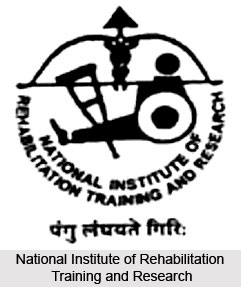 The various areas of activity of the NIRTAR are discussed below:
The various areas of activity of the NIRTAR are discussed below:
Human Resource and Development: To undertake, sponsor or co-ordinate the training of personnel such as Doctors, Engineers, Prosthetists, Orthotists, Prosthetic and Orthotic Technicians, Physiotherapists, Occupational Therapists, Multipurpose rehabilitation therapists and such other personnel for the rehabilitation of the physically handicapped.
Research: To conduct, sponsor, co-ordinate or subsidise research on biomechanical engineering leading to the effective evaluation of the mobility aids for the orthopaedically disabled persons or suitable surgical or medical procedures or development of new aids.
Aids and appliances: To promote, distribute, subsidise the manufacture of prototype designed aids and to promote any aspects of the education and rehabilitation therapy of physically handicapped.
Service delivery programmes: To develop models of service delivery programmes for rehabilitation.
Vocational training: To undertake vocational training, placement and habilitation of the physically handicapped.
Information: To promote and disseminate information on rehabilitation in India and abroad.
Promote the use of products of Artificial Limbs Manufacturing Corporation of India (A Government of India Undertaking).
To undertake any other action in the area of rehabilitation of the physically Handicapped.
To achieve the objectives, Institute has the following Departments and Sections: Department of Academics, Department of Prosthetics and Orthotics, Department of Occupational Therapy, Department of Physiotherapy, Department of Physical Medicine and Rehabilitation, Library and Information Centre and the Administrative Department.





